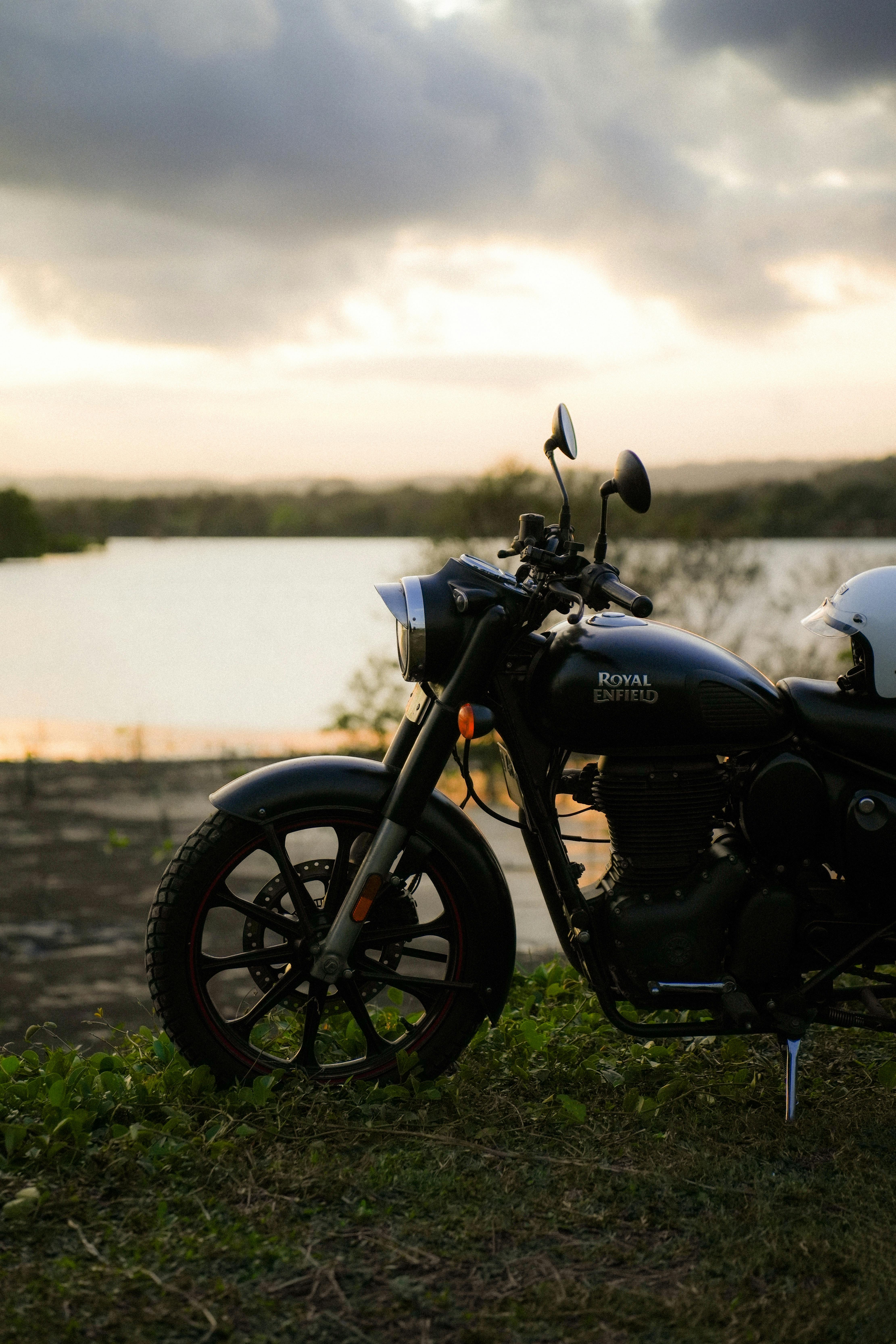The New Dynamics of Two-Wheeler Growth

Q1. Could you start by giving us a brief overview of your professional background, particularly focusing on your expertise in the industry?
Large experience in automotive program management, engineering, design development, vehicle validation & process improvement
• Head of ICE & EV Projects development from cradle to grave
• Strong experience in leading multi-function teams to support Global Vehicle Program -Implementation, including Supplier & Manufacturing footprint definition
• Large international experience acquired by leading multi-function teams in 5 different countries (USA, South Korea, Brazil, China & India). Currently more focused on 2 & 3-wheeler models
• Developed experience across Automotive Engineering focused on Body, Structure, Closures, Interior Systems, Vehicle Safety & Occupant Protection, Plastic Components development, Chassis, and HVAC Systems
Lecturer at several Universities, Media, and newspapers in Brazil and China, speaking about Vehicle Safety, lightweight engineering solutions, and Automotive Vehicle Market trends.
Q2. With global emphasis on sustainable mobility, how is the Indian two-wheeler industry balancing affordability with eco-friendly innovation?
Considering current market growth and diversity, usually OEMs tend to offer vehicles with more embedded technology across segments but keeping entry-level models with limited content but value cost.
Q3. How are global shifts in electrification and alternative fuels influencing R&D directions at Indian two-wheeler companies?
I have limited knowledge, but I noticed extending EV vehicles across the models, not limited only to scooters but also regular bikes, includes some with higher performance.
Within scooter models, there are also versions with swappable batteries and plug-in vehicles to cater to an extensive range of customers (it seems Europe prefers removable batteries), while other markets are a little mixed.
I have noticed, mainly in Africa, that Moto Taxi is pushing for a removable battery with pre-defined stations, allowing drivers to keep running by simply replacing the battery.
Q4. How is the overall two-wheeler market expected to grow in India over the next 5–10 years, and what CAGR do you see across different segments?
It will continue to grow to over 80-90 million by 2033, including annual EV scooter growth of 1.0 million, and the annual ICE x EV project, with a 60% x 40% split in 2030, considering the current incentive and fuel scenario.
Projection shows 25-30 million units/annual till 2030.
CAGR is not certain, but I estimate 10% in the EV scooter segment and 25% combined for Scooter & Bikes EVs, resulting in a total market growth of ~8% for 2-wheelers.
Q5. With rising demand for sustainable mobility, what new opportunities are opening up in materials, fuels, and battery tech?
I do believe light material for structures, and new battery technology will be focusing in the near future, about fuels, I am not sure, usually follow the automotive industry, which I do not see significant improvement ( But I have limited knowledge about that )
In markets such as India, Brazil, and Africa, there will be infrastructure challenges for alternative fuels in the short term.
Q6. In the EV space, which players or business models do you see as setting benchmarks that established OEMs need to respond to?
In India, there are already some established players, such as Ola, Bajaj, Hero, TVS, and also some new ones emerging with strong and good products, like Ather, Okinawa, Ampere, and Yakuza. The incognita are the Chinese, who are strong in other countries, but may have geopolitical issues in India.
Some companies have an extensive range of products and are developing specific EV models, but on the other hand, there are companies focused solely on EVs, which require their business model to be split.
Q7. If you were an investor looking at companies within the space, what critical question would you pose to their senior management?
I would define a portfolio that covers a specific range of ICE & EV vehicles, focusing on volume models, offering options from entry-level to more equipped ones.
Try to keep models with a platform approach to avoid the proliferation of subsystems and optimize the manufacturing process.
They should understand that competitiveness in India is very high, dominated by three big companies, and should offer not only good products (quality & durability) but also service is important (not only in India).
Comments
No comments yet. Be the first to comment!
